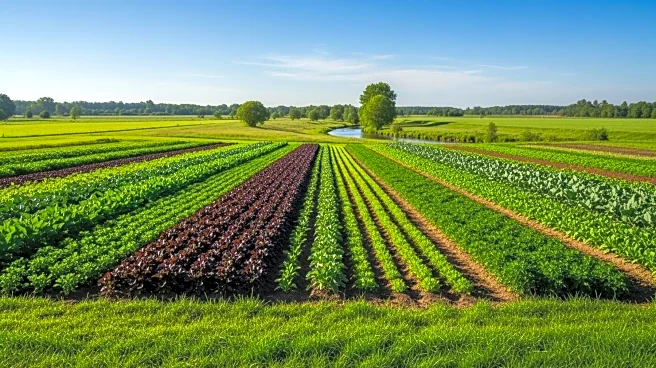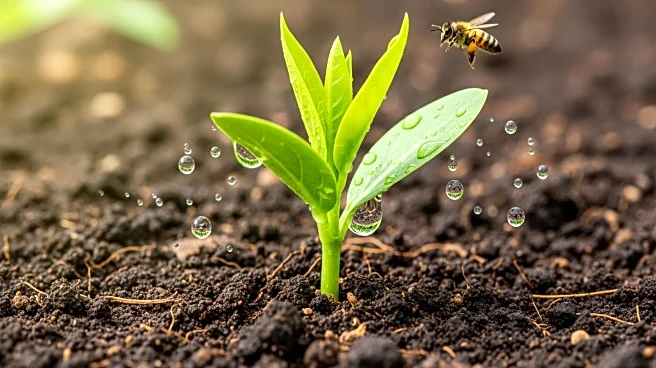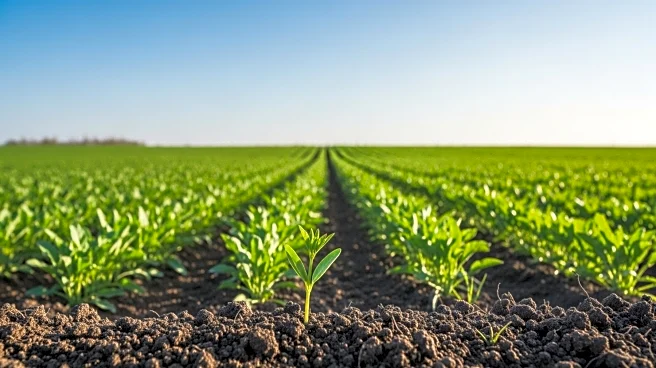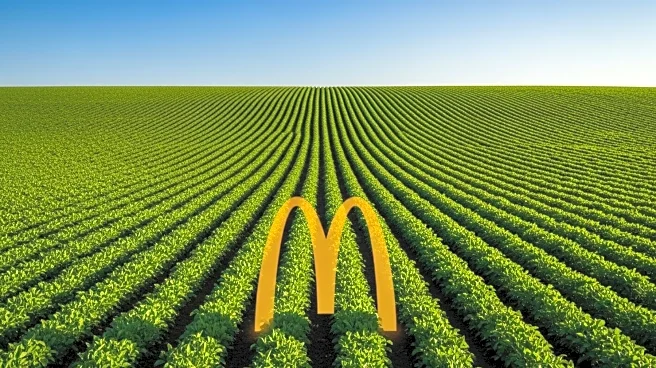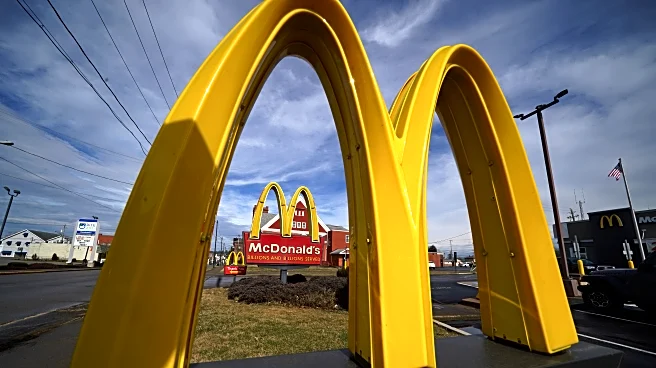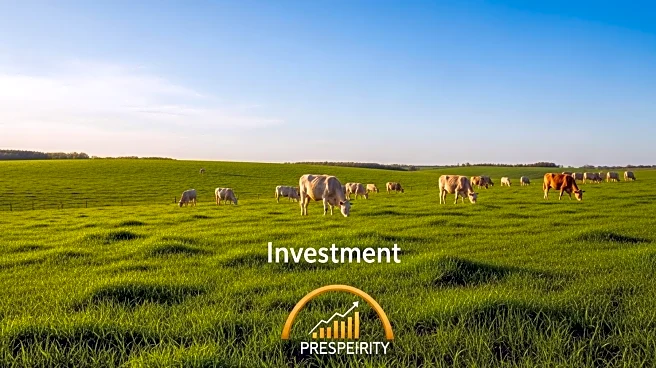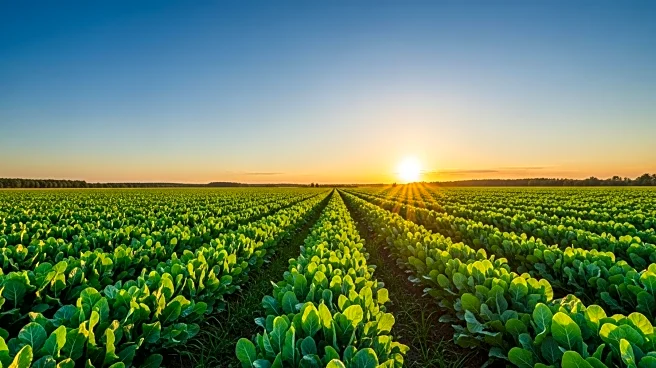What's Happening?
The carbon farming market is poised for significant growth, with projections indicating an increase from $113.36 million in 2024 to $330.01 billion by 2032. This growth is driven by the adoption of climate-smart agricultural practices aimed at capturing and storing carbon dioxide in soil and vegetation. Key developments include the USDA's expanded program for climate-smart practices and a $200+ million initiative by McDonald's USA to promote regenerative grazing. Technological advancements, such as satellite-based monitoring and AI-powered analytics, are also playing a crucial role in reducing the cost of measuring and verifying soil carbon. The market is witnessing a shift towards higher-quality carbon credits, with institutional buyers demanding credits certified by reputable registries.
Why It's Important?
The expansion of the carbon farming market represents a critical step in addressing climate change through sustainable agriculture. By enhancing carbon sequestration, these practices contribute to climate change mitigation while providing economic benefits to farmers and corporations. The increased demand for high-quality carbon credits reflects a growing recognition of the importance of environmental integrity and transparency. This trend is likely to drive further investment in climate-smart agriculture, creating new opportunities for innovation and collaboration across the agricultural sector.
What's Next?
As the carbon farming market continues to grow, stakeholders can expect further advancements in technology and verification methods. The USDA's interim rule on climate-smart biofuel crops may lead to new market opportunities for farmers, while corporate partnerships are likely to expand. The focus on premium carbon credits suggests that market participants will need to prioritize transparency and co-benefits to remain competitive. Overall, the market is set to play a pivotal role in the global effort to combat climate change.

